
For many, soy sauce is reserved for dipping sushi or a dash of flavoring on fried rice. For others, namely every East Asian country, soy sauce is a culinary staple. It’s much more than soy and wheat fermented with koji mold; it’s a driver of the cuisine. In fact, almost every Asian country has its own process for creating soy sauce that provides a unique flavor profile for that region’s cooking.
To help you, we made a guide so you can figure out which kinds of soy sauce would be best for the type of cuisine you’re cooking. There are a lot of artisanal soy sauce makers out there that are getting super innovative. We understand that taste is subjective, and we encourage you to always go with what your taste buds crave. Still, this list of soy sauces is based on the criteria of popularity, availability, taste, and versatility.
Related Guides
Best Chinese Soy Sauce (Jaingyou): Haitian

Like most things in Asia, China was the first to perfect the craft of fermenting by combining salt with other meats, seafood, and vegetables and creating what is known as jiang. It’s disputed when exactly soy was incorporated into jiang, but it was sometime in the first few centuries AD. Then shortly after that, the method of creating a liquid soy sauce to stretch salt spread across other nearby Asian countries. Soy sauce quickly became an innovative breakthrough that could stretch salt, which at the time was an expensive commodity.
The word for soy sauce in China is jiangyou, which translates to jiang (sauce) oil. Since China has eight regional cuisines due to its size (Anhui, Cantonese, Fujian, Hunan, Jiangsu, Shandong, Szechuan, and Zhejiang), soy sauce is used differently in each. So, it’s impossible to feature the “best” Chinese sauce.
We picked Haitian soy sauce because it’s a top pick for Cantonese cooking, which is one of the most popularized Chinese cuisine in the Western world. Most Chinese soy sauces are very dark (virtually black), briny, and rich. They are most comparable to Japanese shoyu but are known to pack an extra punch of saltiness.
Read more: Chinese Hot Pot Guide
Best Japanese Soy Sauce (Shoyu): Yamasa
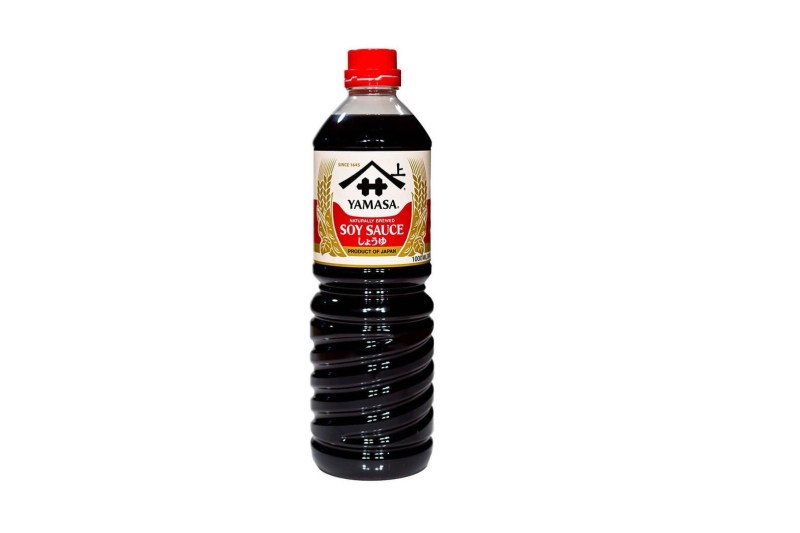
In Japan, the standard for soy sauce (shoyu) is koikuchi, which translates to “rich taste.” Most classic shoyu is dark (almost black) with a deep rich flavor — shout out to Kikkomon here — the world’s largest soy sauce producer. However, we had to go with Yamasa shoyu as the top pick for Japanese soy sauce for tradition’s sake. Yamasa is the oldest producer of shoyu in Japan (1645) and has been cultivating the same strain of koji mold for centuries. Also, the brewing process has remained the same since its inception. The sauce’s brilliant red tint makes it stand out from the crowd and is the preferred shoyu among high-end Japanese restaurants.
Best Thai Soy Sauce (Si-Iw): Healthy Boy Thin Soy Sauce

Thai food is one of the most flavorful cuisines in the world. Thai cooking is all about balancing flavors. You’ll find an almost perfect balance of spicy, salty, sweet, bitter, and savory flavor profiles in virtually every dish. While Thai cuisine is heavily reliant on fish sauce to provide the salt, usually the savory, umami flavor profile is coming from Healthy Boy Thin Soy Sauce. Sometimes called light, this type of soy sauce is most commonly used in most traditional Thai dishes. But, make no mistake, thin soy sauce is no less salty or flavorful than other variations. However, it is considered to be the most versatile.
A Quick Note: We just wanted to take a minute to recognize the fantastic food that comes out of Laos and Cambodia. Though they’re both similar to Thai cuisine, they are both unique in their own right. However, Healthy Boy will most likely be found in all of the bordering country’s kitchens when it comes to soy sauce.
Best Korean Soy Sauce (Gangjang): Sempio

Like Thai cuisine, Korean cooking also offers expertly balanced ingredients to provide a delicious flavor profile. Korean red pepper (in the form of flakes, powder, and paste) plays a significant role in Korean recipes. Still, many aren’t overly spicy as a lot of people think. Many Korean households and restaurants turn to Sempio soy sauce as their brand of choice for making rich, savory soups, sauces, dips, and marinades. You’ll find both red pepper paste (gochujang) and Sempio as two of the main ingredients in the marinade for Bulgogi, one of Korea’s most famously delicious beef dishes.
Best Filipino Soy Sauce (Toyo): Datu Puti

If you’re a foodie, you know that Filipino food has been trending for the past five or six years. It’s not only because it’s delicious, but also because of the resourceful and cost-effective recipes. For centuries, the Southeast Asian nation has been perfecting cuisine with what the land has to offer and limited imports. Filipino cuisine’s dominating flavor profiles are sweet, sour, and salty with an undertone of acidity. The saltiness that resides in the dishes likely comes from a combo of fish sauce and Datu Puti soy sauce (Toyo). If you happen to visit a Filipino household, chances are they’ll have a liter jug of Datu Puti soy sauce, as well as a liter jug of Datu Puti, seasoned white vinegar. The vinegar is the acidity source and is conveniently sold in a combo pack with the soy sauce. That just goes to show how often these two ingredients are used together in Filipino cuisine.
Best Vietnamese Soy Sauce (Xi dau): Nam Duong

When one thinks of Vietnamese food, complex and delicious broths may come to mind. Like the kind used in the popular noodle soup dish, Pho. Like neighboring Thailand, Vietnam leans heavily on fish sauce that provides the saltiness of their dishes. Combining that saltiness with the aromatic bitter-sweet fresh fruits and herbs is what makes Vietnamese cuisine so unique. And while umami doesn’t play a dominant role in the country’s flavor profile, it is used in many dipping sauces and marinades. Nam Duong soy sauce is Vietnam’s go-to brand. It’s been awarded many “high-quality product” Vietnamese awards and won “The Best Taste of Vietnamese Soy Sauce” award by Culture Magazin (Canada).
Best Indonesian Soy Sauce (Kecap Manis): ABC Soy Sauce

Not only is Indonesian cuisine intensely flavorful, it has some of the best-looking Asain dishes around thanks to its colorful indigenous fruits and vegetables. Sambal spice is one of the cornerstones of Indonesian cooking. It’s often balanced with a sour crunch of pickled veggies and a sweet, savory soy sauce called kecap manis. ABC Sauces is a leading brand of kecap manis and is a top pick for Indonesian chefs.
More Popular Soy Sauce Variations
Best Tamari (Tamari Shoyu): San-J
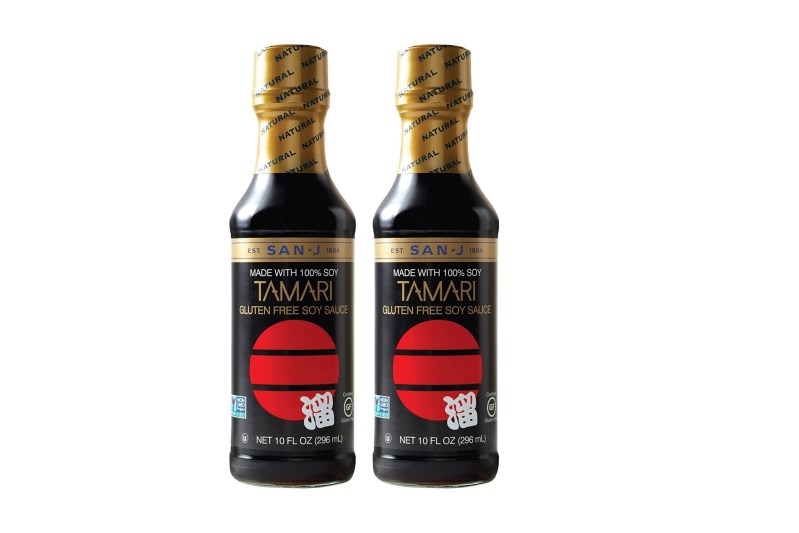
If you’re living a gluten-free lifestyle but still need that deep umami flavor that soy sauce provides, you’re going to need to stock up on San-J tamari. Tamari is very similar to soy sauce because the fermenting process is almost exactly the same. The main difference is that very little to no wheat is added. Tamari is also produced as a byproduct of miso paste, and another reason why it’s considered a much healthier alternative to soy sauce. San-J tamari comes in various styles and is a preferred brand in Japan and other Asian countries. However, if you’re severely averse to gluten, be wary. There is always a risk of wheat being present in the sauce, especially when made in facilities that also produce soy sauce.
Best Premium Soy Sauce: Yuan’s Royal Soy Sauce (Hong Kong)
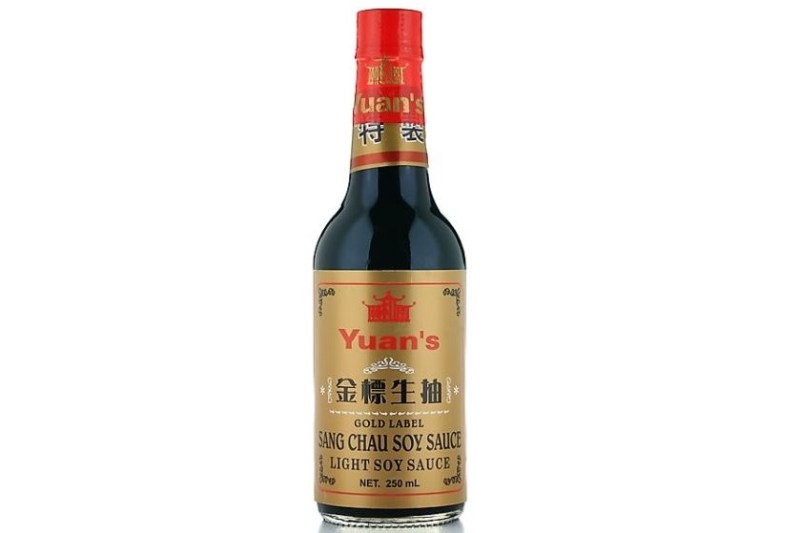
Yuan’s soy sauce is the pride and joy of Hong Kong and a highly coveted sauce across Asia. Yuan’s was founded in 1974 by Mrs. Tsang Heh Kwan, a bio-chemist and food-science professor. Yuan’s has always been dedicated to sustainable practices when producing this artisanal soy sauce. It boasts no MGOs, MSG, and no 3-MCPD (a compound linked to cancer and is the product of some soy sauce production methods). Yaun’s natural soybean fermentation process provides the highest quality amino acids, resulting in the deepest and most pure umami flavor. It’s also said to be good for child brain development and have anti-aging properties. Due to its exclusivity, Yuan’s is hard to come by. You might be able to find it a higher-end Asian markets or import e-commerce sites. But be prepared to pay. A single bottle retails for $25.
Best Spicy Black Bean Paste: Lao Gan Ma
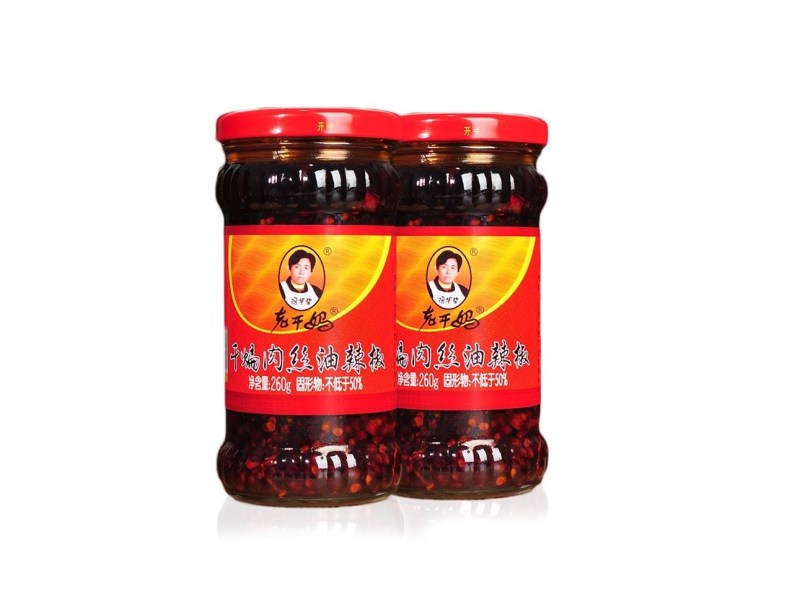
If you have Asain friends or relatives, you’ve probably seen a condiment in their fridge that features this somewhat concerned-looking grandma. Lao Gan Ma has an extensive line of spicy sauces and pastes, and unlike Yaun’s, has no problem including MSG. But, in moderation, MSG is delicious. Black Bean paste is popular with Taiwanese dishes. Since it’s made with black bean, it has a more subtle flavor and distinctive aroma, great for stir-fries.
Best Mushroom Soy Sauce: Pearl River Bridge
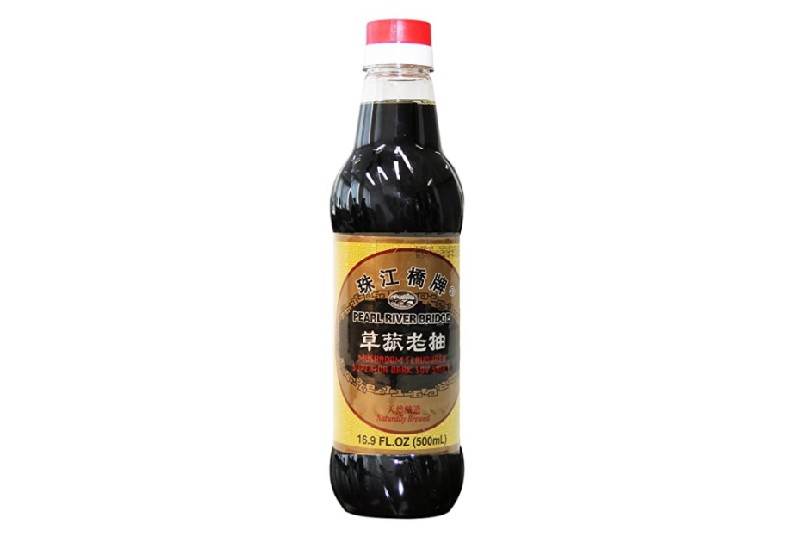
Mushroom soy sauce is a variation of dark soy sauce, which is common across all Asian soy sauces. Most dark soy sauces have added sugar or molasses, making them sweeter and not as intensely salty. Mushroom soy sauce keeps the properties of dark soy sauce but ramps up the umami flavoring since mushrooms are a common source for umami. Dark and mushroom soy sauces are usually found in Chinese, Taiwanese, and Thai cooking when braising meats to give them that deep dark color and rich umami flavor. When using this powerful umami booster in a dish, pay attention to the recipe. A little bit of mushroom soy sauce goes a long way, and too much can be overwhelming.
What Are The Different Types of Soy Sauces?
All soy sauces provide the highly coveted umami flavor that’s the perfect complement to every other flavor profile. Umami is considered to be a savory flavor due to the amino acids in protein. The rich umami flavor occurs naturally in many various meats, seafood, nuts, grains, and vegetables. Every region in Asia has its own way of incorporating these different ingredients with their soy sauce to create its own “brand” of umami. Each country also makes different soy sauce styles by tweaking the recipe ingredients or adding others, like Japanese Ponzu or Korean Mat-Gan-Jang.
Suppose you’re attempting to replicate a traditional recipe from a particular Asian country. In that case, you need to get the proper soy sauce to reproduce the dish’s intended flavor. So, it’s always best to get the soy sauce that comes from that country. Please note that the “best” soy sauce doesn’t necessarily mean the best quality or best tasting.
For instance, Filipino soy sauce (toyo) doesn’t carry the same centuries-long craftsmanship of Japanese shoyu. However, the Philippines’ cooking style doesn’t command a premium quality soy sauce to make their dishes amazingly delicious.



